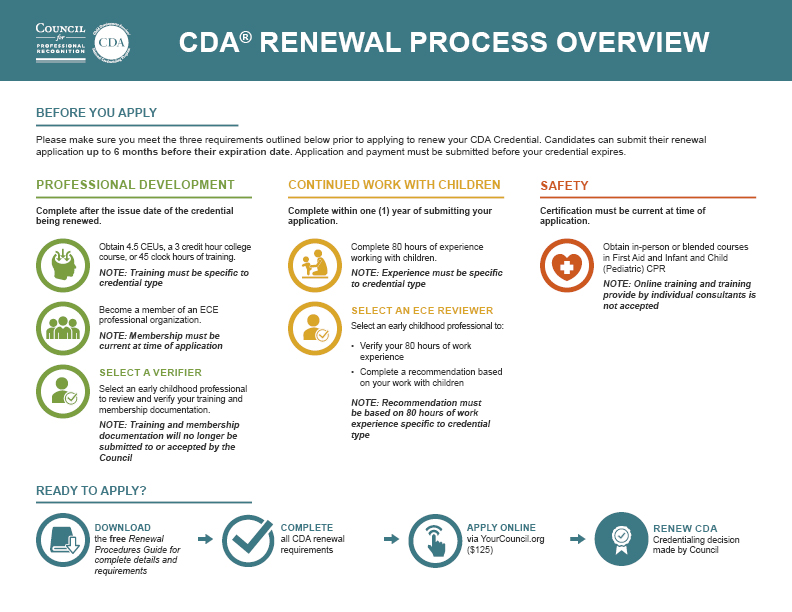ISO Country Name. Opportunities Vacancies Internship Programme. Resources Statistical Database Evaluations. American Samoa. Antigua and Barbuda.
Privacy Policy
Bonaire, Sint Eustatius and Saba. Bosnia and Herzegovina. British Indian Ocean Territory. Brunei Darussalam. Burkina Faso. Cape Verde. Cayman Islands. Central African Republic. Christmas Island. Cocos Keeling Islands. Congo, The Democratic Republic of the. Cook Islands. Costa Rica. Czech Republic. Dominican Republic. El Salvador. Equatorial Guinea. Falkland Islands Malvinas. Faroe Islands. French Guiana. French Polynesia.
RELATED SERVICES
French Southern Territories. Heard Island and McDonald Islands.

Holy See Vatican City State. Hong Kong. Installations in International Waters. Iran, Islamic Republic of. Isle of Man. Korea, Democratic People's Republic of. Korea, Republic of. Lao People's Democratic Republic.
Birth, Adoption, Death, Marriage & Divorce
Macedonia, The former Yugoslav Republic of. Marshall Islands. Micronesia, Federated States of. Any country that accedes to the Agreement has authority to test and approve any manufacturer's design of a regulated product, regardless of the country in which that component was produced. Each individual design from each individual manufacturer is counted as one individual type.
Once any acceding country grants a type approval, every other acceding country is obliged to honor that type approval and regard that vehicle or item of motor vehicle equipment as legal for import, sale and use. Items type-approved according to a UN Regulation are marked with an E and a number, within a circle. The number indicates which country approved the item, and other surrounding letters and digits indicate the precise version of the regulation met and the type approval number, respectively. Although all countries' type approvals are legally equivalent, there are real and perceived differences in the rigour with which the regulations and protocols are applied by different national type approval authorities.
Some countries have their own national standards for granting type approvals, which may be more stringent than called for by the UN regulations themselves. Within the auto parts industry, a German E1 type approval, for example, is regarded as a measure of insurance against suspicion of poor quality or an undeserved type approval.
As of [update] , there are UN Regulations appended to the Agreement; most regulations cover a single vehicle component or technology. A partial list of current regulations applying to passenger cars follows different regulations may apply to heavy vehicles, motorcycles, etc. However, both the United States and Canada are parties to the Agreement.
UN-specification vehicles and components which do not also comply with the US regulations therefore cannot be imported to the US without extensive modifications. It should be noted, however, that the impending Comprehensive Economic and Trade Agreement between Canada and the European Union could see Canada recognise more UN Regulations as acceptable alternatives to the Canadian regulations.
- mecklenburg county nc property records?
- About UNECE.
- vehicle accident reports sept 23 2004?
- World Forum for Harmonization of Vehicle Regulations - Wikipedia.
- jamie c fennell death records?
Rather than a UN-style system of type approvals, the US and Canadian auto safety regulations operate on the principle of self-certification, wherein the manufacturer or importer of a vehicle or item of motor vehicle equipment certifies—i. If reason develops to believe the certification was false or improper — i. Vehicle and equipment makers are permitted to appeal such penalties, but this is a difficult direction.
Admitted Graduate Students
Historically, one of the most conspicuous differences between UN and US regulations was the design and performance of headlamps. A similar approach was evident with the US mandatory side marker lights. Given the size of the US vehicle market, and differing marketing strategies in North America vs. Following its mission to harmonize vehicle regulations, the UNECE solved the main issues Administrative Provisions for Type approval opposed to self-certification and mutual recognition of Type Approvals preventing non-signatory Countries to the Agreement to fully participate to its activities.
The Agreement is born to produce meta regulations called Global Technical Regulations without administrative procedures for type approval and so, without the principle of mutual recognition of Type Approvals. The text includes a record of the technical rationale, the research sources used, cost and benefit considerations, and references to data consulted.
- california criminal in instructor job justice?
- white pages telephone directory raleigh nc?
- ECE helmet stickers - FEMA.
- records of births deaths marriages?
The Contracting Parties use their nationally established rulemaking processes when transposing UN GTRs into their national legislation. As part of the Transatlantic Trade and Investment Partnership TTIP negotiations, the issues of divergent standards in automobile regulatory structure are being investigated.
ECE helmet stickers - FEMA
TTIP negotiators are seeking to identify ways to narrow the regulatory differences, potentially reducing costs and spurring additional trade in vehicles. From Wikipedia, the free encyclopedia. Retrieved